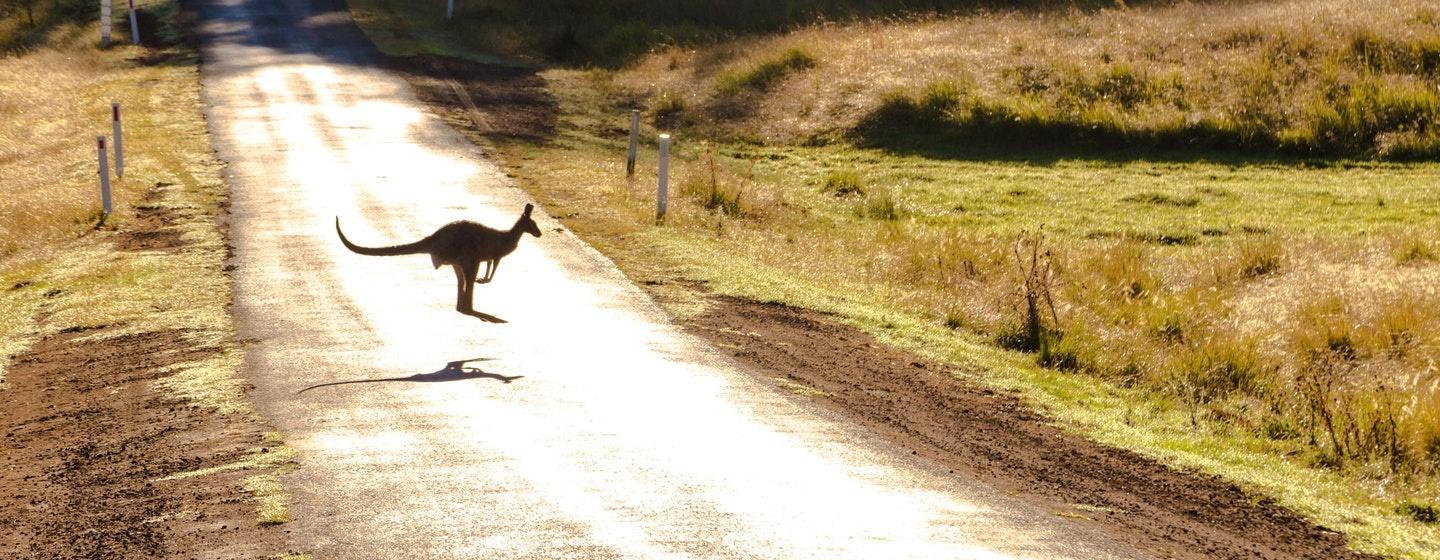Space Chase USA
Space Chase USA explores the transformative events residents of Cocoa Beach, Florida, found themselves engaged in as the future of space exploration arrived on their sleepy shores.The full Space Chase USA documentary is broken down into 20 chronological segments.
Moon Memories
The Space Coast history is especially rich because of the collective memories of the citizens. During the hectic space race days, the engineers were fueled by passion as they worked to accomplish Kennedy’s goal. Retired NASA employees and contractors share how they didn’t work a day in their lives.
Living and Working in Space Collection
No CC
This collection includes videos and digital media that have been selected to help bring the stories of human space exploration and its early history to you.
Voyager: Humanity’s Farthest Journey
In 1977, The Voyager program sent two spacecraft to explore the solar system and travel to interstellar space. In this video from NASA's Jet Propulsion Laboratory, learn how Voyager 1 and Voyager 2 are now the farthest any spacecraft has traveled from the Sun, and are still making discoveries in the outer reaches of the solar system.
Poppy Northcutt, NASA Pioneer, Chasing the Moon
Learn how Poppy Northcutt overcame sexism and a “boys’ club” atmosphere to become the first female engineer in NASA’s mission control in the 1960s—a situation she describes as a “complete peculiarity” at the time—in this video adapted from Chasing the Moon: AMERICAN EXPERIENCE.
Ed Dwight, First Black Astronaut Trainee
Hear Ed Dwight’s firsthand account of his experience and the challenges he faced as the nation’s first black astronaut trainee in this video adapted from Chasing the Moon: AMERICAN EXPERIENCE.
The Road to Apollo: An Interactive Journey
Discover the breathtaking failures and successes and the stakes and costs of the American space program as you take an immersive journey through Project Apollo’s missions 1, 8, and 11 in The Road to Apollo: An Interactive Journey from American Experience.
Exploring Racial Barriers at NASA
Decades after the enrollment of NASA’s first black astronauts, people of color are still a minority in aerospace. Dr. Bernard Harris, Jr., the first African American to perform a spacewalk, discusses challenging stereotypes with a young woman who dreams of planning a mission to Mars.
NOVA Newton’s Third Law of Motion
This video from NOVA illustrates the significance of Newton's law to space-walking astronauts and the engineers who design their spacecrafts.
Earthrise
Earthrise tells the story of the image captured of the Earth from space on Apollo 8 in 1968.
Mooncraters Activity
This DragonflyTV segment demonstrates how to make models of moon craters, and how craters form.
Phases of the Moon
In this interactive resource adapted from the National Air and Space Museum, learn about the relationship between the Moon's orbit and its phases.
Explore the Moon
These interactive images from NOVAprovide panoramic views of each of the six Apollo landing sites and offer a hint of what astronauts faced on the surface of the Moon.
Observing the Moon in the Sky
Observe images of the Moon during the day and night with this slideshow. The images can stimulate students’ thinking and questions about when and how the Moon appears in the sky.



